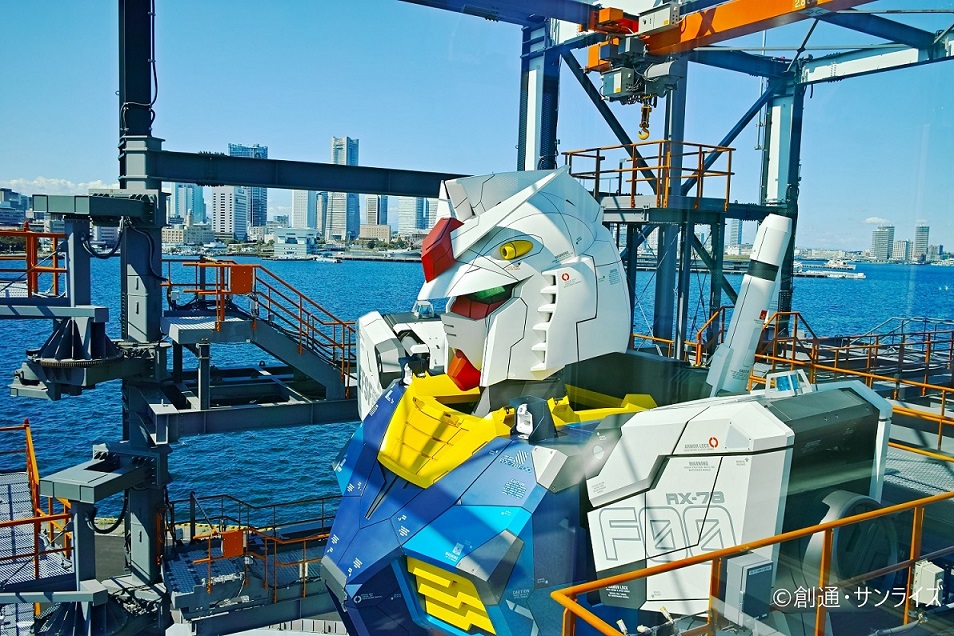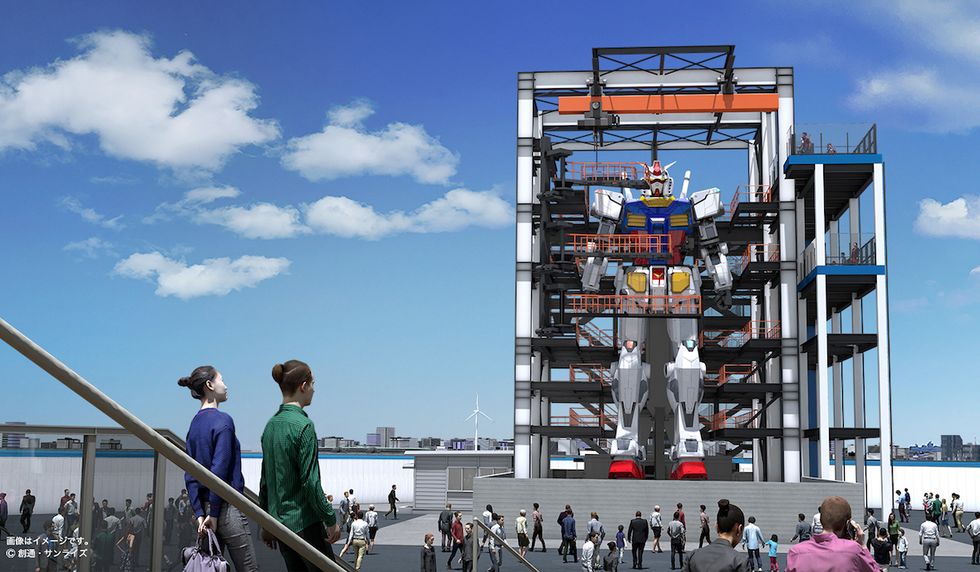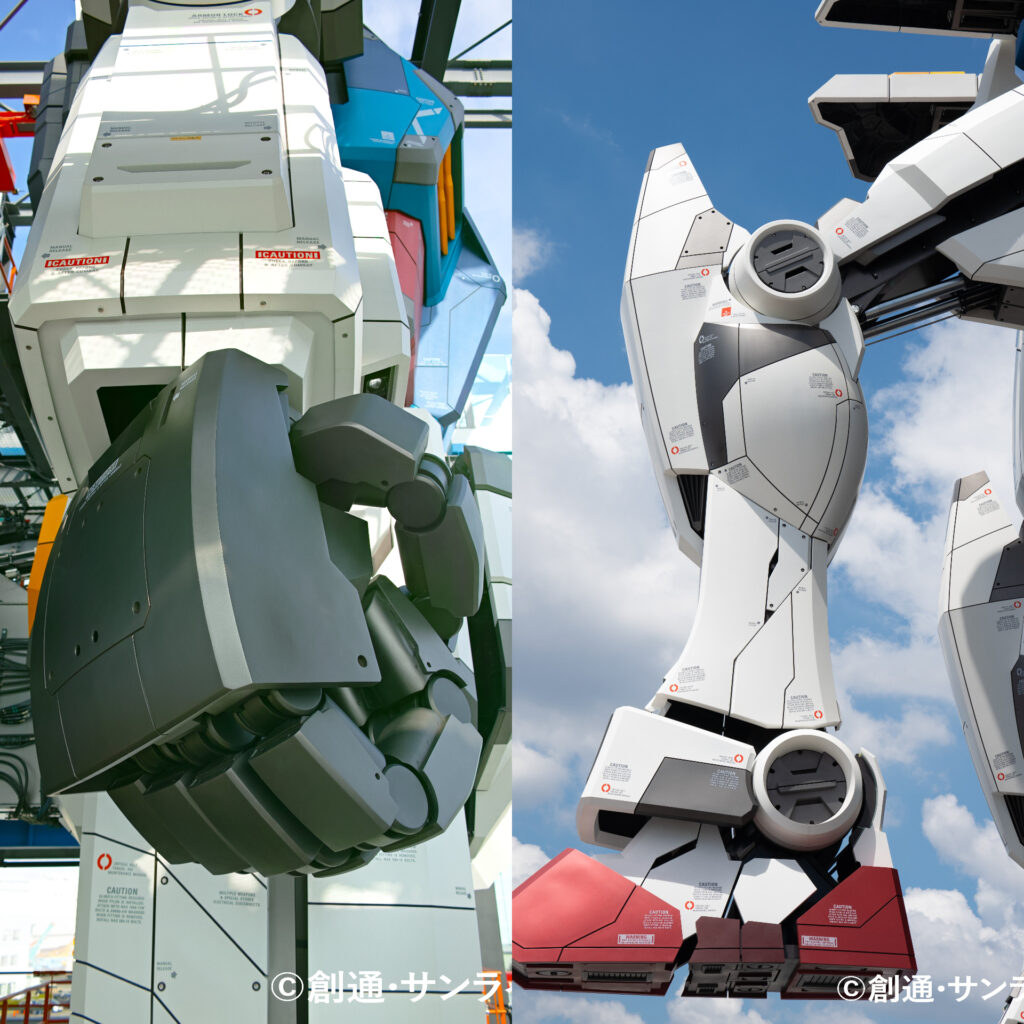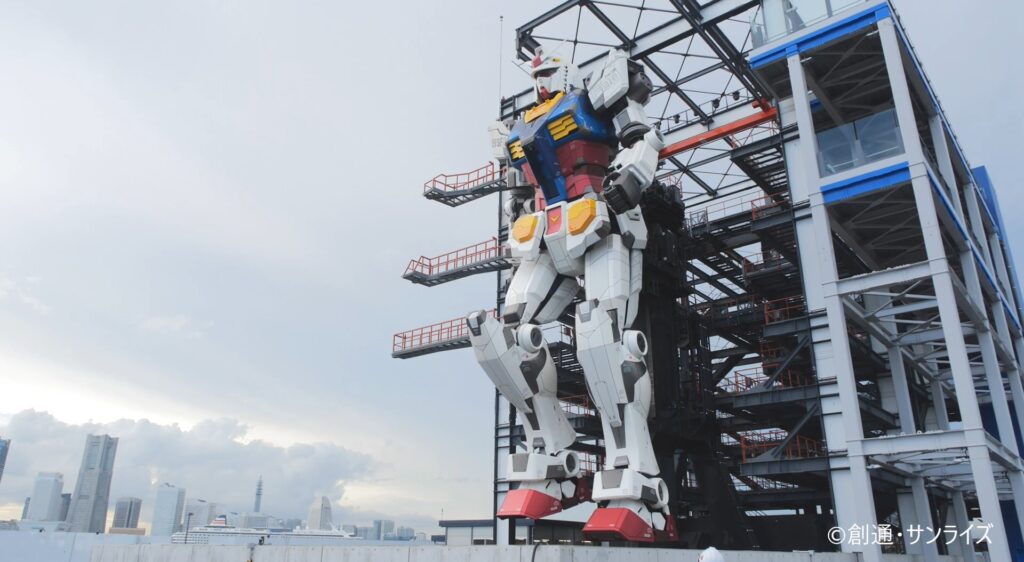Will the 60-Foot Gundam Eventually Walk?

Japan’s apparent obsession with robots continues. If you haven’t heard, the country is building a giant robot patterned after Gundam, the popular mecha robot that started its animated series in 1979.
The 60-foot tall Gundam, modeled after RX-78-2 Gundam, whose construction was started in 2017 at the Port of Yokohama, represents a product of years of experimentation, technology, and engineering. It is one massive ambition—to build a giant Gundam that will possess 24 degrees of freedom, and walk independently.
The coronavirus pandemic halted its construction for a while. But the Gundam Factory Yokohama, which handles the construction of the giant humanoid robot, ultimately opened the amusement park on December 19, 2020. According to reports, fans will be able to observe the robot only until March 31, 2022. There is no news about what will happen to the robot after the said date.

Engineering challenge
The engineers working on the giant Gundam face several challenges. It is no mean feat to construct a robot that towers 60 feet (18.29 meters). It is at present a challenge to erect one of that size. Their level of expertise is pushed to the limit because the robot must be capable of walking. That feature presents more challenges because of the sheer size and weight of the robot, which is about 25 tons.
The head of design of Gundam, Jun Narita, said they had a rough time deciding what materials and motors to use because they have to consider the weight restrictions. Each of the hand of Gundam, which measures about 6.5 feet long (1.98 meters) should be around 200 kilos to prevent putting excessive strain on the elbow joints when the arms move. They decided to utilize aluminum for the frame of the hands.

Experienced designer
The principal designer of the Gundam robot in Yokohama is Masaki Kawahara. He was the designer behind three other giant Gundam robots, although they were stationary statues. He said there were more things to consider in his latest project.
The engineers and designers must satisfy several personalities, particularly the mecha anime creator and Gundam’s father, General Director Yoshiyuki Tomino. He had some comments when he saw the preliminary designs of the robot’s body. He pointed out some design flaws. Likewise he commented the size of the area where the pilot should sit to teleoperate the robot is too small to accommodate a person wearing a full protective suit.

First steps
In the most recent video released by the Gundam Factory Yokohama, Gundam took its first steps, presenting to the world that the Gundam robot can actually walk. It even knelt and raised its right arm, with its fingers making the peace sign. Overall, Gundam will have 24 moving parts.
The huge robot is part of the Mobile Suit Gundam 40th Anniversary Project. The construction of the Gundam Factory Yokohama facility includes two key features. One is the Gundam Dock that houses the moving robot, and the Gundam Lab where visitors can view exhibitions and facilities regarding the Gundam franchise and the project. At the Gundam Dock is the Gundam Dock Tower with a special viewing deck. The deck is about 50 to 60 feet from the ground. From the deck, visitors can have a close-up view of the robot’s head and chest.
Skeptics’ views
The creators of Gundam at Yokohama and Gundam fans are rejoicing after seeing the robot finally take its first steps. However the robotics engineers and scientists in the United States have questions. They think that the movements Gundam made cannot be considered walking independently. They believe the robot utilizes a supporting structure that is aiding it to move, comparing it to a kinetic sculpture.
They rationalize that for a robot of that size, it needs bigger motors to help it move. But bigger motors mean increased weight. They are calculating that with the number of motors need to perform the 24 movements, the sheer weight will crumble the robot’s limbs. It will need 24 actuators to power the 24 movements. They think the engineers working on Gundam will need to develop motors with the power similar to an MRI machine to get Gundam to actually walk.
The experts say it is an issue that plagues the development of legged robots because the locomotion that they desire is difficult to engineer. Another area of concern for them is the vibration that the motors will produce when they are in full operation, which can affect the robot’s structure. But they do concede it’s an engineering feat to be able to construct Gundam stiff enough to move, even slowly, without considerable vibration.
Right now, they have shown Gundam has illuminated eyes. It can move its head from left to right, raise its right arm, wave and get its fingers to make the peace sign, kneel, and take is first steps.
Who knows what will happen in the next few months?